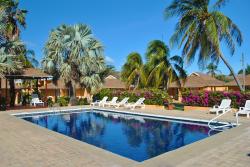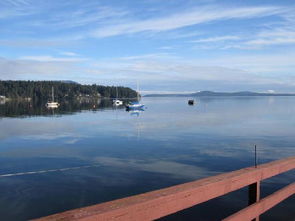Reef Bay Sugar Mill Ruins: A Journey Through History and Nature
The Reef Bay Sugar Mill Ruins stand as a testament to the rich history of the Virgin Islands. Nestled in the heart of the lush Virgin Islands National Park, these ruins offer a glimpse into the past, where sugar was once king. Let’s embark on a detailed exploration of this historical site, uncovering its history, architecture, and the surrounding natural beauty.
History of the Reef Bay Sugar Mill

The Reef Bay Sugar Mill was built in the 18th century, during the height of the sugar industry in the Caribbean. The mill was part of a larger plantation that included sugar cane fields, housing, and other outbuildings. The mill was designed to process sugar cane into sugar, a commodity that was highly valued during that time.
Over the years, the mill changed hands several times, with each owner making improvements and modifications. However, by the late 19th century, the sugar industry began to decline, and the Reef Bay Sugar Mill eventually fell into disrepair.
Architecture of the Reef Bay Sugar Mill Ruins

The Reef Bay Sugar Mill Ruins consist of several buildings, each with its own unique architectural features. The main mill building is a two-story structure, with a large central courtyard. The walls are made of coral stone, a common building material in the Virgin Islands, and the roof is a traditional Caribbean design, featuring a series of wooden beams and tiles.
Other buildings on the site include a boiler house, a blacksmith shop, and a storage building. These structures are also made of coral stone and exhibit the same architectural style as the main mill building. The ruins are a fascinating example of the craftsmanship and architectural techniques used during the 18th and 19th centuries.
| Building | Description |
|---|---|
| Main Mill Building | Two-story structure with a central courtyard, coral stone walls, and a traditional Caribbean roof. |
| Boiler House | Used to heat water for the sugar processing, coral stone walls, and a similar architectural style to the main mill building. |
| Blacksmith Shop | Used for metalworking and repairs, coral stone walls, and a similar architectural style to the main mill building. |
| Storage Building | Used for storing sugar and other goods, coral stone walls, and a similar architectural style to the main mill building. |
Natural Surroundings

The Reef Bay Sugar Mill Ruins are surrounded by the breathtaking natural beauty of the Virgin Islands National Park. The lush tropical landscape, with its vibrant greenery and colorful flowers, provides a stark contrast to the ruins of the past. Visitors can explore the surrounding trails, which offer stunning views of the ocean, mountains, and the ruins themselves.
The park is home to a diverse array of wildlife, including birds, reptiles, and mammals. The ruins serve as a habitat for many of these creatures, making it a unique opportunity to observe wildlife in its natural environment.
Visiting the Reef Bay Sugar Mill Ruins
The Reef Bay Sugar Mill Ruins are open to the public, and visitors can explore the site at their own pace. The ruins are located within the Virgin Islands National Park, which requires a park entrance fee. There are no guided tours available, but visitors can pick up a self-guided brochure at the park entrance, which provides information about the history and architecture of the site.
When visiting the ruins, it’s important to stay on the marked trails and respect the natural surroundings. The ruins are a historical site, and it’s crucial to preserve them for future generations to enjoy.
Conclusion
The Reef Bay Sugar Mill Ruins offer a fascinating glimpse into the past, showcasing the architectural and historical significance of the sugar industry in the Caribbean. The surrounding natural beauty of the Virgin Islands National Park adds to the experience, making it a must-visit destination for history and nature enthusiasts alike.